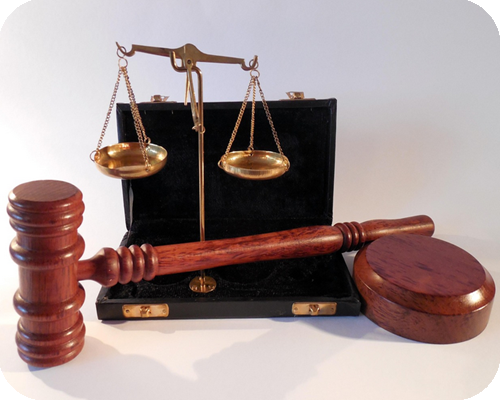A law is a rule set by a government that tells you what you must do, and if you don’t do it, there are consequences. A right is a protection or freedom that you’re supposed to have, and the government can’t take it away without a serious reason.
Rights are about who you are and what you deserve. Laws govern how society functions and remains organized. In this blog, you will learn the difference between the right and law in detail.
What Is a Law?
A law is a rule. But it’s not just any random rule that people agree on; it’s a rule that comes from a government or authority. Laws tell you what you are allowed to do and what you’re not allowed to do. And if you break one, there are consequences. That could mean being fined, arrested, jailed, or sentenced, depending on the seriousness of the offense.
To get even clearer, laws are written down by lawmakers like members of parliament or Congress. Governments use laws to maintain social order, ensure public safety, and resolve problems fairly. And the best part is that the rules apply to everyone. It doesn’t matter if you’re rich, poor, old, young, famous, or unknown; everyone is expected to follow them.
What Is a Right?
Now, here’s where things start to feel different. A right is more like a freedom or protection that you’re supposed to have just by being human. These aren’t rules you must follow. They are things you are allowed to expect, such as being treated with respect, being allowed to express yourself, or being able to go to school.
Most of the time, rights are enshrined in critical national documents, such as a country’s constitution or a human rights charter. For example, you might have a right to free speech, which means you can share your opinions without fear of being punished for it. Or a right to education, meaning the government must make sure you have access to school.
Rights are more permanent. They’re not supposed to be taken away easily, even if laws change. If a law is passed that takes away someone’s rights; people can go to court and challenge that law. Rights are meant to protect people, not control them.
How They’re Created
Laws are created through a formal process. In most countries, elected lawmakers are the ones who propose new rules. These rules undergo debates and votes, and if they pass, they become officially law. Once that happens, people must follow them, and the government can enforce them through the police or the courts.
Rights, on the other hand, usually come from a mix of philosophy, morality, and history. Governments don’t just invent them. Many rights are considered natural, which means people believe they belong to you simply because you’re a person.
Thinkers shaped these ideas over hundreds of years. People like John Locke said that every human has the right to life, liberty, and property. These beliefs laid the foundation for modern human rights documents, such as the Universal Declaration of Human Rights.
How They Work Together or Clash
Even though laws and rights are different things, they’re always crossing paths. Sometimes, they support each other. Other times, they crash into each other hard. For example, imagine a new law that prohibits people from protesting in public. That law might be legal on paper, but it goes against your right to free speech and assembly.
In cases like that, courts might step in to figure out which one takes priority between the law and the right. And most of the time, rights win because they’re supposed to be protected above all else.
That’s where the rule of law becomes so essential. It’s the system that keeps everything in balance. It makes sure that rights are fundamental, not just ideas written down, but actual protections you can rely on.
How useful was this article ?
Click on a star to rate it!
Average rating 0 / 5. Vote count: 0
No votes so far! Be the first to rate this post.
We are sorry that this post was not too useful for you!
Let us improve this post!
Tell us how we can improve this post?















